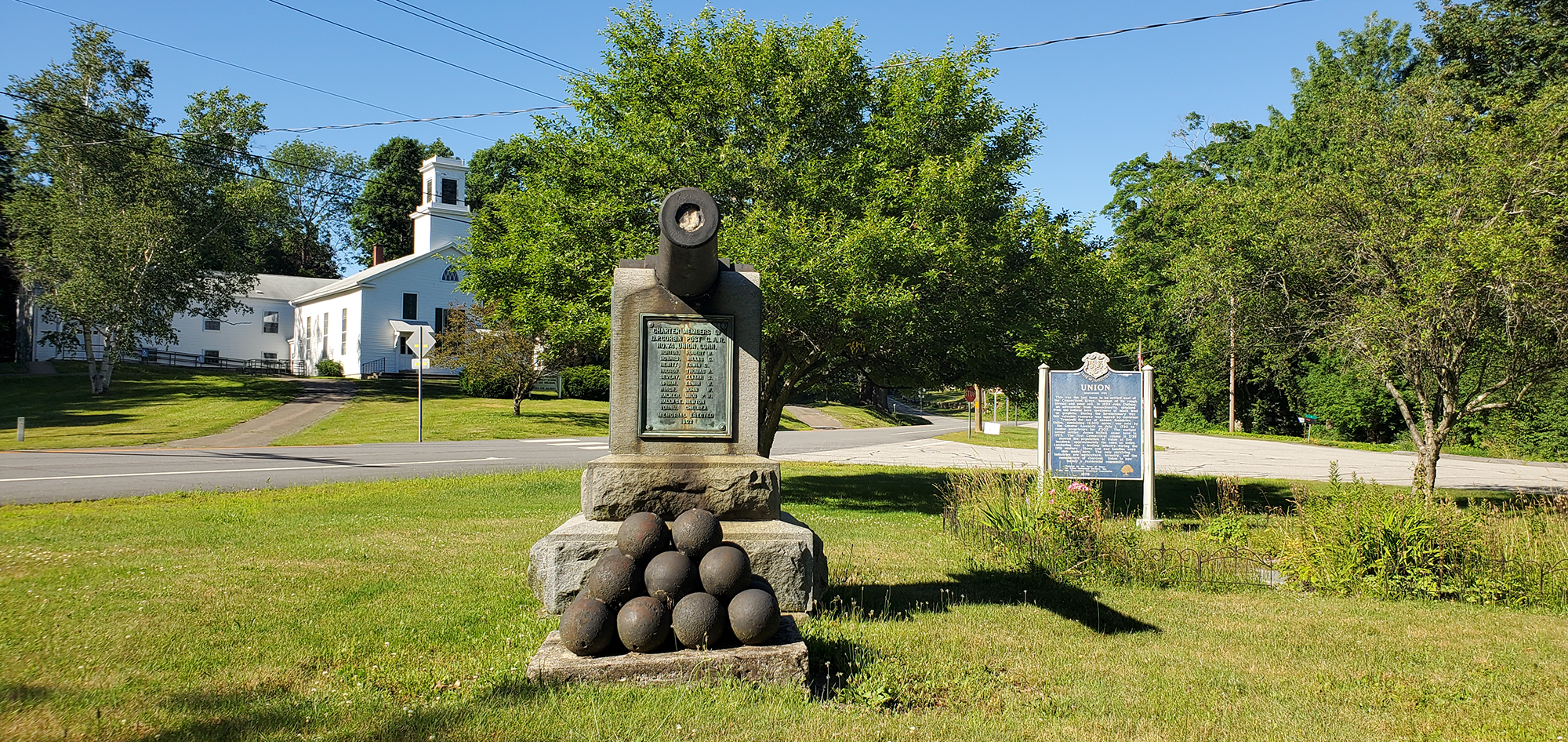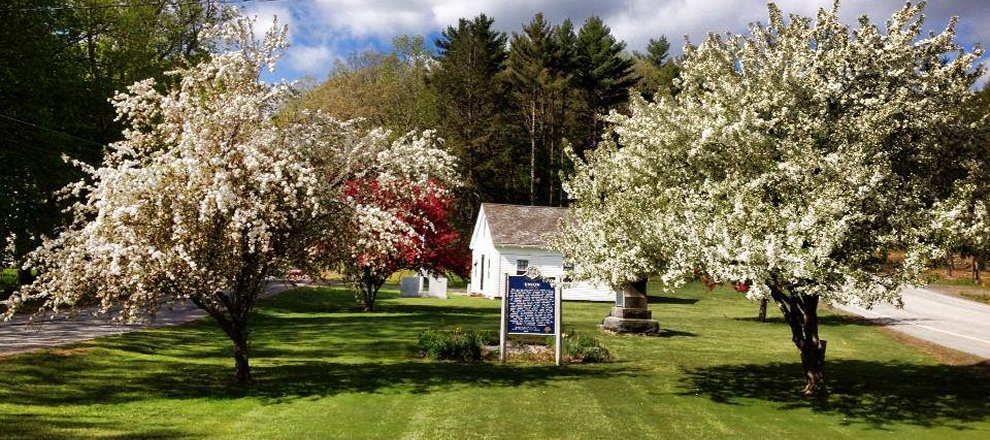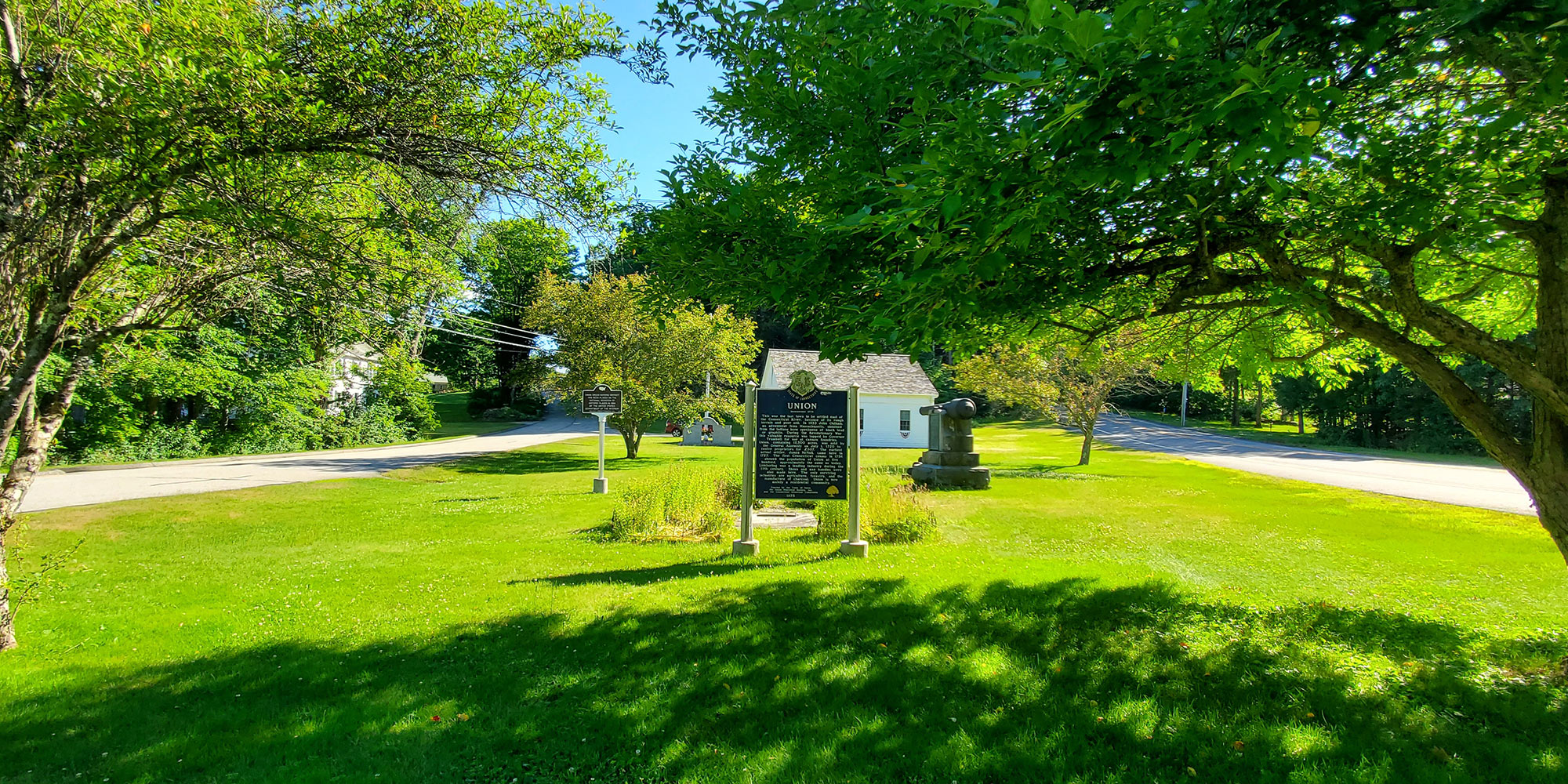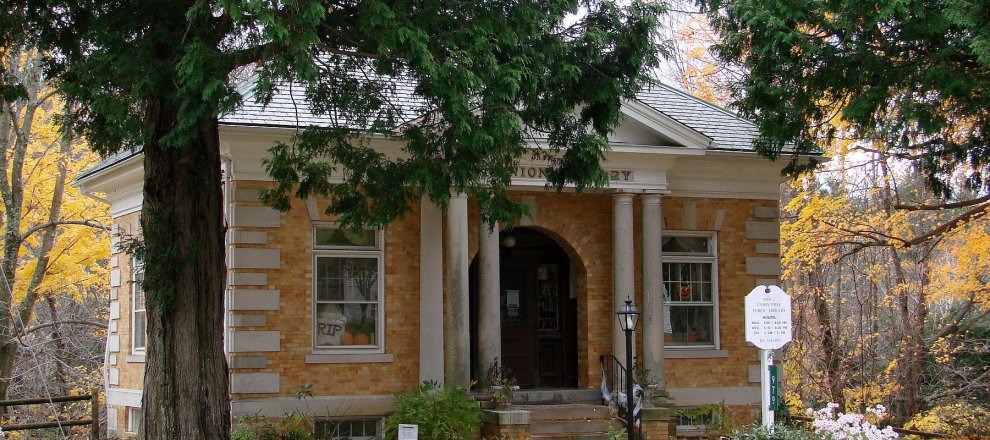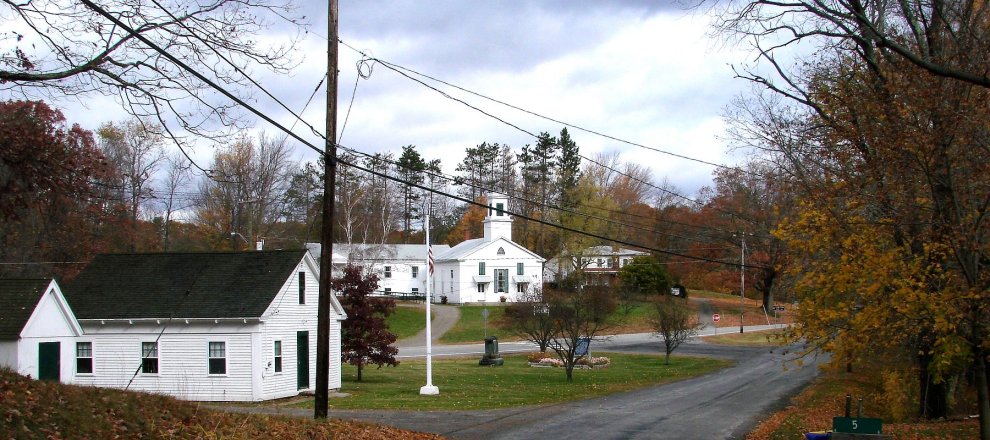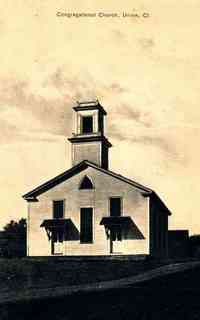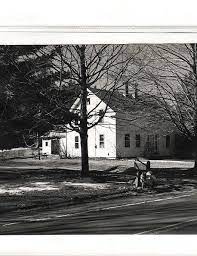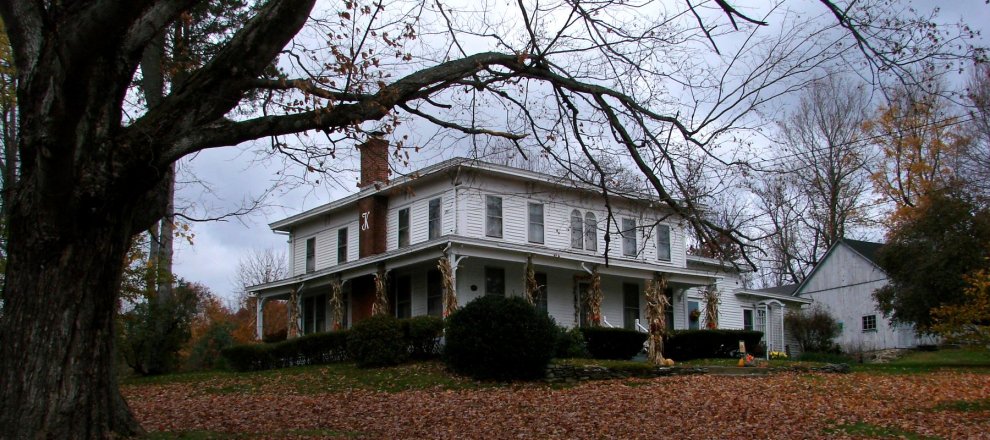About Us
Town of Union Connecticut
Union was the last town to be settled east of the Connecticut River, largely because of its rough terrain and poor soil. In 1633, John Oldham, an adventurer from Massachusetts, obtained specimens of black lead or graphite from the Indians. During the Revolutionary War Governor Trumbull tapped this valuable resource for use at cannon foundries. On July 1, 1720 the General Assembly sold 12,500 acres to 12 proprietors for 307 pounds, comprising the area that is now Union.
The earliest actual settler, James McNall, came here in 1727. Union was incorporated in 1734. Speculation in Hammond’s History of Union remains from early days that Union derived its name by being formed of a “union” of different sections, which were left over when the boundaries of surrounding towns were fixed. The first Connecticut census in 1756 showed the population of Union at 500. Two hundred and forty-four years later, the census of 2000 showed the population of Union at 694.
Lumbering was a leading industry during the 19th century. In 1803, Solomon Wales reported that Union had seven useful sawmills, one very useful grist mill and one fulling mill. Shoes and axe handles were also made here. At the beginning of the 21st century, the only surviving industries are agriculture and forestry. Union is now mainly a residential community.
Union is unique! The Tolland County Visitor’s Guide calls it “a tiny, community in the forest primeval.” Tucked into Connecticut’s “Quiet Corner,” it provides unlimited opportunity for outside activities: hiking, biking, cross-country skiing, snowshoeing, boating, hunting and fishing. Located equidistant from Worcester, Massachusetts, and Hartford, Connecticut, we are Connecticut’s smallest town population-wise within a 29.9 square-mile area. Union has the highest elevation in the state east of the Connecticut River. Renowned for its beauty, rolling hills and abundance of trees and water, one secret to Union’s tranquility is that one-third of the town’s area is set aside as state park and forestland: Bigelow Hollow State Park, the Mountain Laurel Sanctuary and Nipmuck State Forest. The Yale School of Forestry occupies another one-fifth.
As in the beginning of the 20th Century, forestry is Union’s primary industry. There are no post offices or banks. There is a free public library, a town office building and highway garage, a picturesque white church set on the hill across from the Town Green and a “Pavilion in the Grove” built by townspeople during the bicentennial.
Wildlife in the area is diverse – moose, black bear, fishers, bobcats, osprey and bald eagles have been seen, as well as coyote, deer, and other more common species. Union is also a popular birding site.
It is not convenience or the cosmopolitan atmosphere that keeps Union’s residents and visitors happy and content. Indeed, it is a quality of life that harkens from days past. It is the simple pleasures, the slower pace of life here, the ability to catch your breath after a whirlwind week at work, to see birds feeding their young in your back yard, a garden to enjoy at harvest time.
Join Our Mailing List

